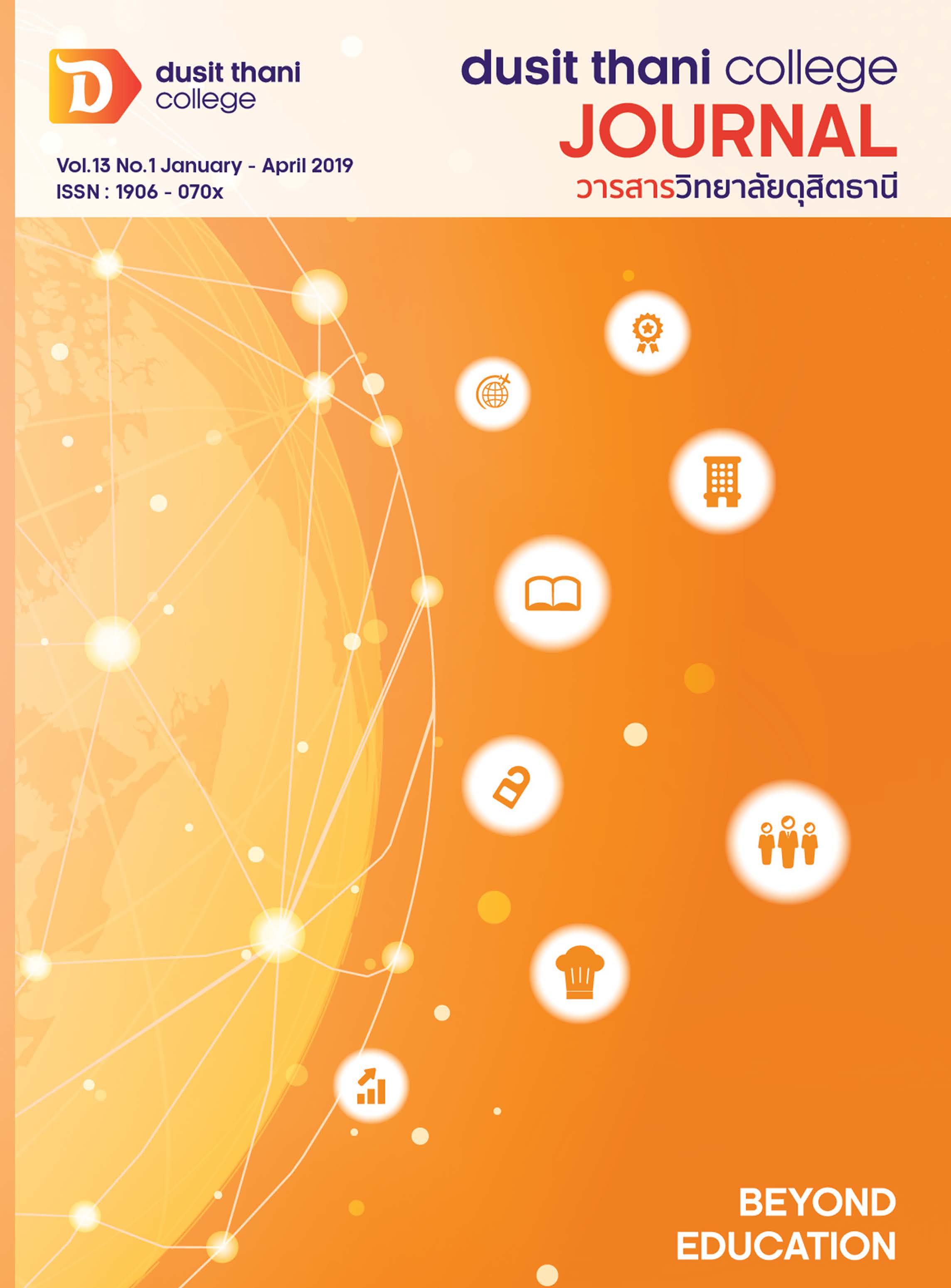Trends of Private Higher Education Institutions: Future Alternatives
Main Article Content
Abstract
This research objective was to propose trends of Private Higher Education Institutions. Historical research methods and future research were employed with documentary analysis, expert interview and synthesize the future. Scenario Planning was employed to determine the alternatives of Private Higher Education Institutions based on an examination by a qualified person. The study was focused on 3 areas: 1) philosophy, vision and mission; 2) implementation as the missions set; and 3) administration and management.
The results showed that trends of private higher education institutions were synthesized as 91 future scenarios categorized into 4 groups according to the possibilities desirable consequences. There were 53 the most likely and desirable future scenarios that should be promoted to carry out such a clear vision. Create a unique identity. Developed to excellence by expertise etc. In addition, it can be concluded that the key factors for private higher education institutions to survive in the face of high competition in the future are quality and financial stability.
Article Details
Article Screening Policy
- All research and academic articles to be published must be considered and screened by three peer reviews in the relevant field / article.
- All articles, texts, illustrations and tables published in the journal are the personal opinions of the authors. Editors don't always have to agree. And no responsibility whatsoever is the sole responsibility of the author.
- The articles to be published must never be published. Where did you first publish? And not in the consideration of other journals If the audit found that there has been a duplicate publication It is the sole responsibility of the author.
- Any article that the reader sees as being plagiarized or impersonated without reference. Or mislead the work of the author Please let the journal editor know it will be your greatest blessing.
References
2. Manarungsan, S. (Interview, 13 June 2016)
3. Muennooch, C. (Interview, 3 June 2016)
4. Nakorntub, A. et. al. (2013). Thai Higher Education in the Century. Bangkok: Yin Yang Printing.
5. National Science and Technology Development Agency. (2000). APEC Center for Technology Foresight. Bangkok: NSTDA.
6. Office of the Education Council. (2007). Globalization Impact on Thai Education Management in the Next 5 Years. Bangkok: Offset Press.
7. Office of the Higher Education Commission. (2007). The 15th Year Plan for Higher Education No. 2 (2008 – 2022) . Bangkok: OHEC.
8. Office of the Higher Education Commission. (2013). Thailand's Higher Education Strategy to Prepare for ASEAN Community in 2015. Bangkok: Bangkok Log Part Ltd.
Padpatanapanich, V. (Interview, 4 June 2016)
9. Polsalram, P. (2006). The Study of Trends for Future Research and Development Education. Bangkok: ONEC.
10. Poolphatchewin, C. (2005). Action Future Research with EDFR. Journal of Education Administration Khonkaen University. 1(2), 19 – 31.
11. Sinlarat, P. (Interview, 8 June 2016)
12. Siritrungsri, P. (2009). Future of Thai Education in 10 – 20 Years. Bangkok: Office of the Education Council.
13. Suwansri, A. (Interview, 8 June 2016)
14. Suwanwela, C. (2012). Thai Higher Education Crisis. In Paitoon Sinlarat (Editor). Thai Higher Education Crisis: The Origin and Development. (page 74 – 92). Bangkok: Chulalongkorn University Printing House.
15. Thanapollert, S. (2004). Evolution in higher education principles in Rattanakosin Period. Ph.D. Thesis in Education. Bangkok: Chulalongkorn University.
16. The Secretariat of The House of Representatives. (2015). Digital Economy: New Economic Policy. Bangkok: The Secretariat of The House of Representatives.
17. Yurarat, S. et. al. (2011). The Readiness of the Development of Graduates in The Private Higher Education Institutions in Thailand to Support the ASEAN Economic Community. Bangkok: Association of Private Higher Education Institutions of Thailand.


